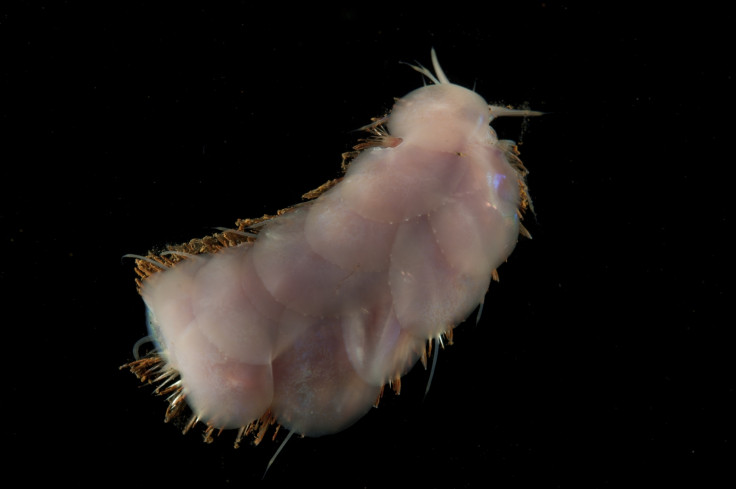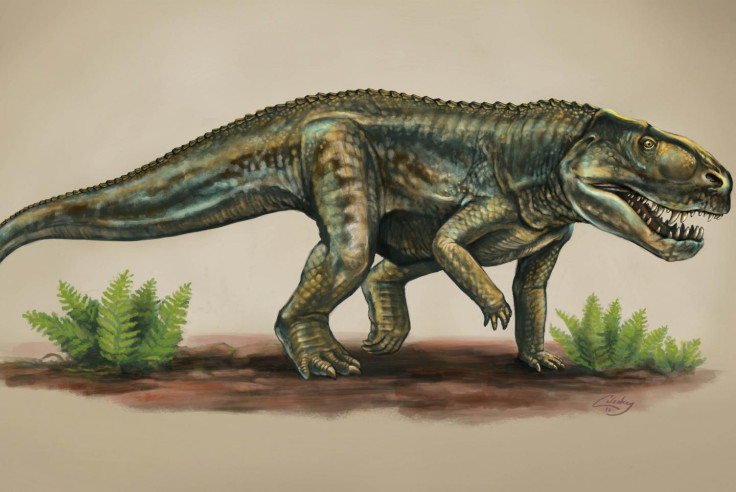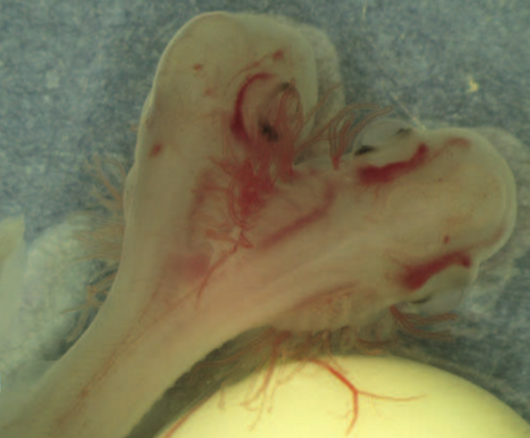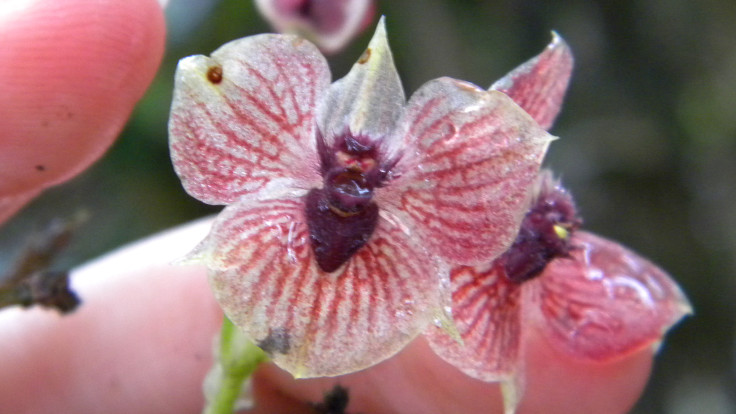Mysterious mummy creature in Siberia and other real-life monsters discovered in 2016
Many animals and plants in nature have strange and scary appearances.

Throughout 2016 researchers made a number of puzzling discoveries, identifying animals, plants and fossils which could easily have been characters in science-fiction. There is nevertheless always a scientific explanation to these strange discoveries.
IBTimes UK looks back at the creepiest and strangest discoveries from the world of nature made in 2016.
Sea creatures of the deep
Just this week, six new species of sea creatures have been identified living on the floor of the Indian Ocean in a region known as Dragon's Breath. These slug-like creatures are not sea monsters; they are deep-sea animals that have been studied with scientific rigour by researchers led by Jon Copley of the University of Southampton. Their findings are published in Scientific Reports.
The animals included a new type of hairy-chested 'Hoff' crab similar to those found at Antarctic vents, two species of snail, two types of deep-sea worm, and a limpet.

Siberia's mystery mummified monster
A monstrous mummified animal created controversy when it was found at the heart of a diamond pit in Siberia by local miners. They claimed that this was an ancient monster that could date as far back as 66 to 252-million-years ago, because it was found in sediment deposits from this time period. It was sent to the city of Yakutsk for analysis.
However, it is likely that the "creature" is simply the carcass of an otter or a marten killed off by trappers in the much more recent past. It would then have ended up, one way or another, in the diamond mine.
Trappers have said that this is definitely an animal carcass that may be a year old based on the relatively minimal dessication of the flesh. The carcass shown was probably caught for its fur as the feet had been skinned out to the first joint in the toes.
200 million-year-old ' snake monster' reptile

For the first time, scientists have named and described a new species of an extinct crocodile relative, which lived around 212-million-years ago in what is now the US state of New Mexico. It will now be known as Vivaron haydeni.
The creature's fossils were discovered during an excavation in 2009 at Ghost Ranch, a retreat and education centre in New Mexico, but further analysis had to be done before it could be confirmed as a new, unique species. The name Vivaron haydeni was chosen because it is that of a famous monstrous snake which populated stories shared around campfires more than a century ago at Ghost Ranch.
The creature would have been fearsome carnivorous archosaur, a large set of animals that includes crocodilians and dinosaurs. It measured between three-and-a-half to five-and-a-half metres long, and walked on all four legs.
Two-headed sharks

There has been a growing number of two-headed shark embryos discovered in recent years. In a study published in September 2016, scientists described a small bicephalous shark embryo in the western Mediterranean. Their research is published in the Journal of Fish Biology.
The team from the University of Malaga, in Spain, had been working with 797 embryos of the Galeus atlanticus shark species to study their cardiovascular systems, when they came across one of these embryos that had two heads. Further investigations revealed that each head had a mouth, two eyes, a brain, a notochord and five gill openings on each side. The two heads then merged together in one body, which presented all the characteristics of a normal shark embryo, such as four dorsal fins. Finally, it had two hearts, two oesophaguses, two stomachs, and two livers.
Where does such a strange bicephalous shark come from? The scientists believe that it is in fact a two-headed conjoined twin, a phenomenon that is known to happen in all major groups of vertebrates. They point out that it is not clear whether the embryo would have been viable.
Devil orchids

Telipogon diabolicus – this is the name of a newly discovered orchid whose heart bears a striking and chilling resemblance to the devil. Discovered in Southern Colombia, the orchid is a dark violet-maroon colour and it can grow a stem measuring 5.5 to 9cm in height, explained the authors from the Polish University of Gdansk.
Although its flower is in many ways similar to other orchids from the same genus, it has a number of very original and unique features. Apart from the scary demon's head, the petals are clawed.
This small number of flowers discovered by scientists means the orchid could be listed as a Critically Endangered species in the IUCN Red List. "It is expected that the current reconstruction of a road nearby will have negative impact on the habitat of T.diabolicus", the authors say.
© Copyright IBTimes 2025. All rights reserved.






















